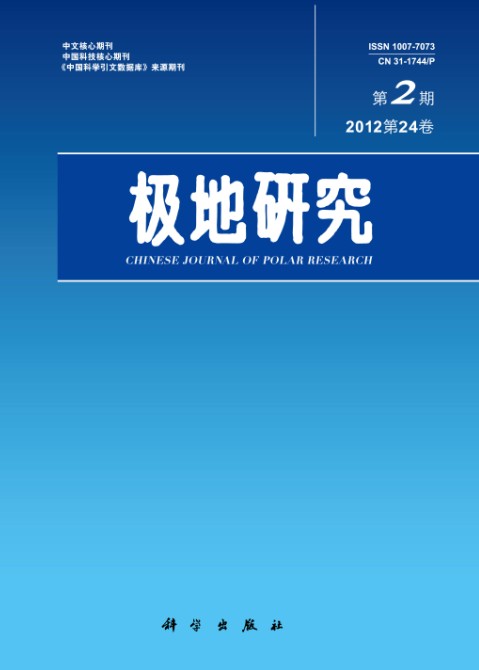|
|
Optimization of growing conditions and extraction method of the crude carotenoids produced by Rhodococcus sp.B7740 isolated from Arctic sea
Zhang Jiarong,Yang Jifang,Chen Fusheng
2012, 24 (2):
168-177.
DOI: 10.3724/SP.J.1084.2012.00168
Rhodococcus sp.B7740 strain isolated from the Arctic ocean can accumulated large numbers of yellow pigments, which biomass is very low. In this study, optimal medium was obtained by singer factor and orthogonal experiment about carbon and nitrogen sources, temperature, initial pH and inoculum concentration. On this biasis, extraction conditions were optimized through about type of extraction solvent, pH, extraction time and solid to liquid ratio. The results showed that under the condition of 1L old sea water containing yeast extract5g, glucose5g, lactose3g, beef extract7g, with initial pH7, temperature 25℃, inoculum concentration1.0%, cultured 7daies on a shaker with a speed of 160r/min biomass of B7740 from 6.1mg/mL raised to 23.08mg/mL, an increase of 278.4%. Dry cells were used as material. Anhydrous ethanol with pH7 was the extracting reagent with ratio of sample to solution 1:30, temperature 75℃,extraction time 1h repeated for 2 times. In this case, the output of the pigment reached 1160.625μg/g dry sells. Analysis showed that the pigment was Carotenoid. The experiment results provided the foundation for the further study of extraction method about carotenoids produced by polar microbial Rhodococcus sp. B7740 strain.
References |
Related Articles |
Metrics
|

